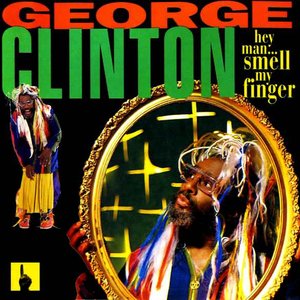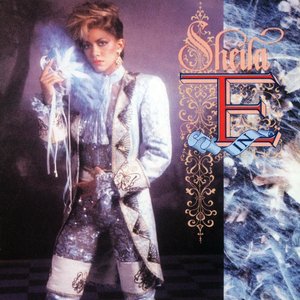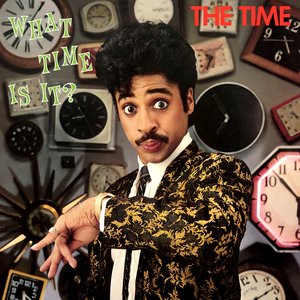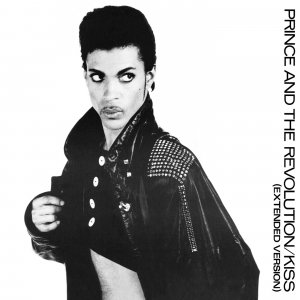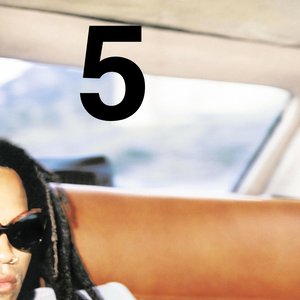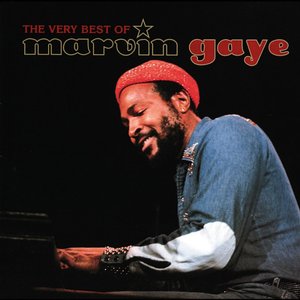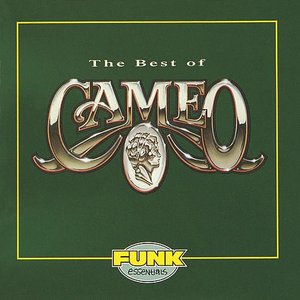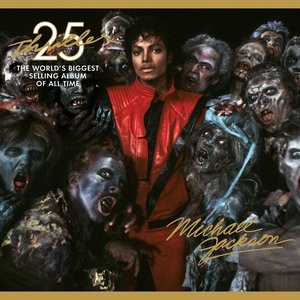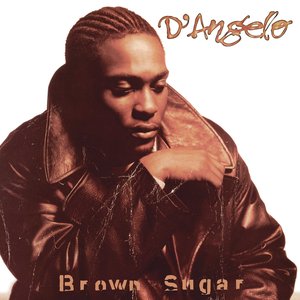Wiki
Sign “☮” the Times (or Sign O' The Times) is an album by Prince, released on March 31, 1987, on the Paisley Park records label. It's the follow up to Parade, and Prince's first "solo" album since splitting with The Revolution; the symbol between the quotes is a peace sign. The double album was a synthesis of three projects from 1986, including some work with The Revolution. The bulk of the tracks originate from the final Revolution project known as Dream Factory and a later solo project called Camille. These projects, along with some other songs merged into a 22-track, 3-LP opus called Crystal Ball. Prince's record company, Warner Bros. Records, balked at the idea of a 3-LP album, considering the lukewarm performance of Parade, and Prince's second movie, Under the Cherry Moon, and forced Prince to trim the album down.
The result was Sign O' The Times, which quickly became widely regarded as Prince's magnum opus amongst fans and critics alike. In 1989, Time Out Magazine ranked it greatest album of all time. It was 16th in the New Musical Express list All Time Top 100 Albums and 3rd in Hot Press Magazine's list The 100 Best Albums of All Time. Rolling Stone ranked it number #93 on their list of greatest albums of all time. The album placed 8th on Nieuwe Revu's Top 100 Albums of All Time. Time Magazine placed Sign O' The Times as the greatest album of '80s, and 29th greatest album of all time.
Two of the album's songs were first recorded in 1982: "Strange Relationship" and "I Could Never Take the Place of Your Man". Prince did additional work on both for their placement on the Dream Factory project and involved Wendy and Lisa on the former. When the project was canceled, "Strange Relationship" was further updated for Camille. The remaining tracks were recorded between March and December 1986. The surviving Camille tracks feature a playful sped-up vocal. "U Got The Look" was also recorded in this manner, though it was not intended for the Camille album.
The double album was Prince's most diverse album to date, featuring a wide array of musical styles — rock, pop, soul and funk - with various cues taken from dance, electronic, and jazz styles as well. The album marked a return to Prince's self-contained recording process, with the artist performing and arranging nearly all the album's music single-handedly. As a result, many of the tracks have a sparer, more funk-oriented, and at times, more electronic feel than Prince's previous few records recorded with The Revolution. In addition to the album's eclecticism, many critics have identified the record as one of Prince's most adventurous, with radically minimalist, experimental arrangements on songs like "Housequake", "The Ballad of Dorothy Parker", and "Forever in My Life".
The album yielded three top-ten hits, the most from a Prince album since Purple Rain. The subjects range of the depressing state of the world in the title track, party funk in "Housequake," sexual lust in "It," and spiritual enlightenment in "The Cross." It also showcases Prince's first live song released on an album: "It's Gonna Be a Beautiful Night," though it was heavily overdubbed in the studio. Though selling modestly, somewhat akin to Parade, Sign O' The Times was almost universally applauded by critics (Rolling Stone, Blender, Q and other acclaimed music magazines gave the album a five star rating) and has since been frequently identified as Prince's finest album, and a standard of comparison for all of his albums to follow.
As with many of Prince's early '80s albums, this album features extensive use of the LinnDrum drum machine on most songs. In addition, many songs on the album (such as "If I Was Your Girlfriend") feature minimal instrumentation, and use of the Fairlight, a then state-of-the-art digital sampler. Unlike many of Prince's contemporaries, the singer simply used the stock sounds of the Fairlight to create the title track. Two of the album's standout songs, "U Got the Look" and "If I Was Your Girlfriend" offer sped-up vocals, ostensibly the voice of Camille, Prince's alter ego of this era.
Prince was known for recording his vocals in the control room. Typically, in the recording process, a vocalist records in the recording booth (or, in some instances, an echo chamber). To have privacy during vocal recording process, Prince usually asked his engineer, Susan Rogers, to leave the room. Rogers recalls: "We'd get the track halfway or three-quarters of the way there and then set him up with a microphone in the control room. He'd have certain tracks on the multi-track that he would use and he'd do the vocal completely alone. I think that was the only way he could really get the performance ”
On some occasions, Prince simply recorded vocals with his back to her. Rogers monitored the vocals with a pair of headphones so Prince's recording microphone would not pick up the speakers she would usually have used.
Prince typically used a Sennheiser 441 dynamic microphone (recommended to him by Stevie Nicks) for recording vocals at this stage in his career.
Unlike his previous albums, Sign O' The Times was regarded as "less polished" than his earlier efforts. Susan Rogers points out, however, that "we spent more time and money on Sign O' The Times than anything he'd ever done. Much more work went into it."
Album descriptions on Last.fm are editable by everyone. Feel free to contribute!
All user-contributed text on this page is available under the Creative Commons Attribution-ShareAlike License; additional terms may apply.

